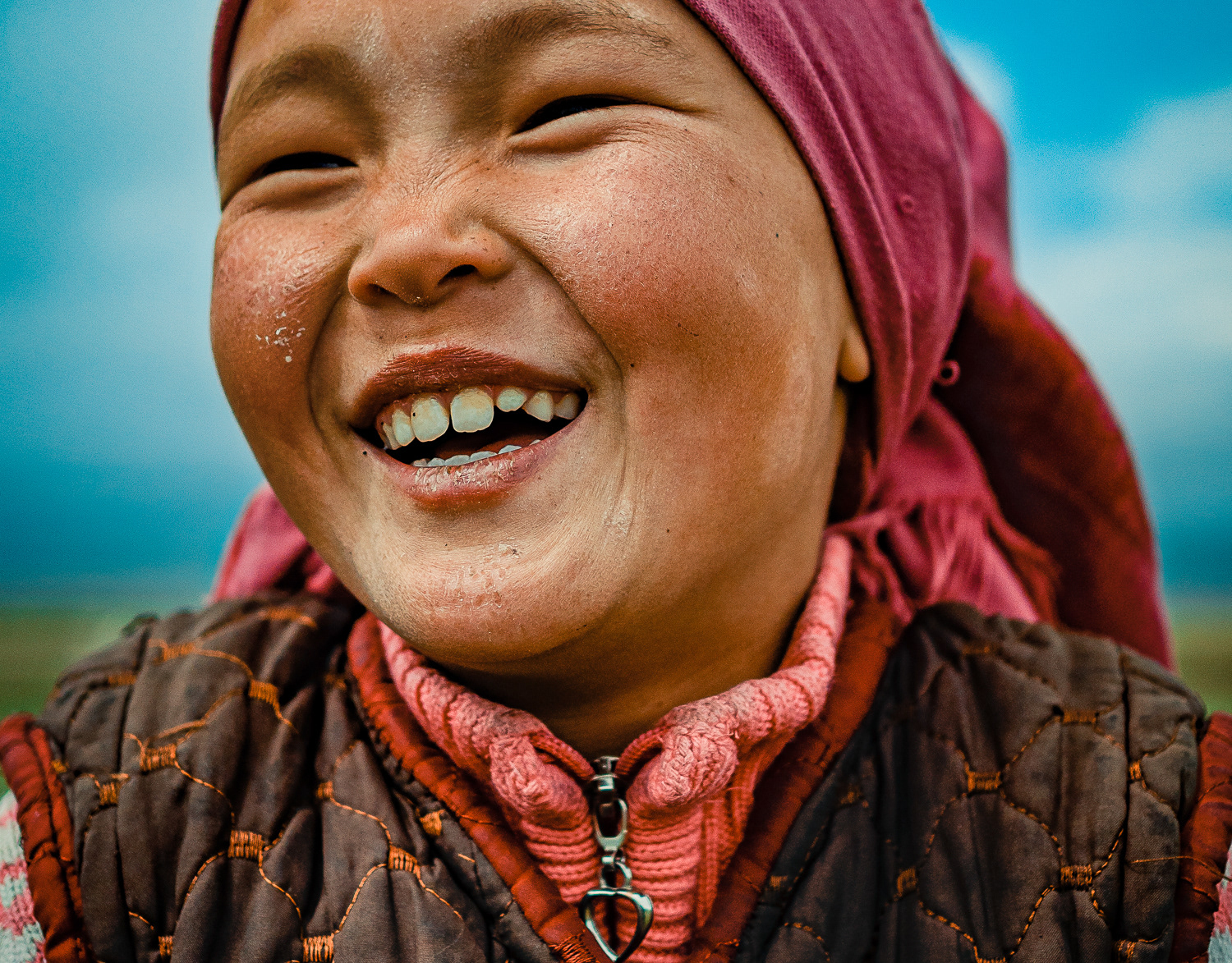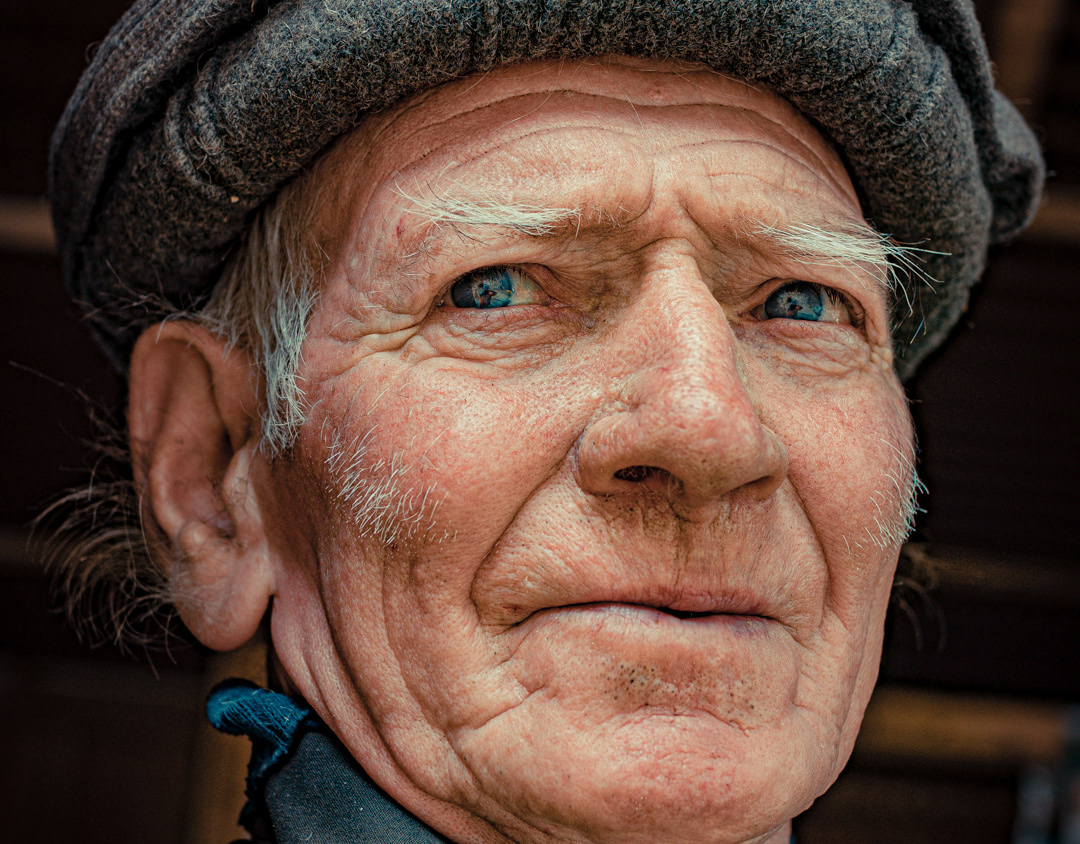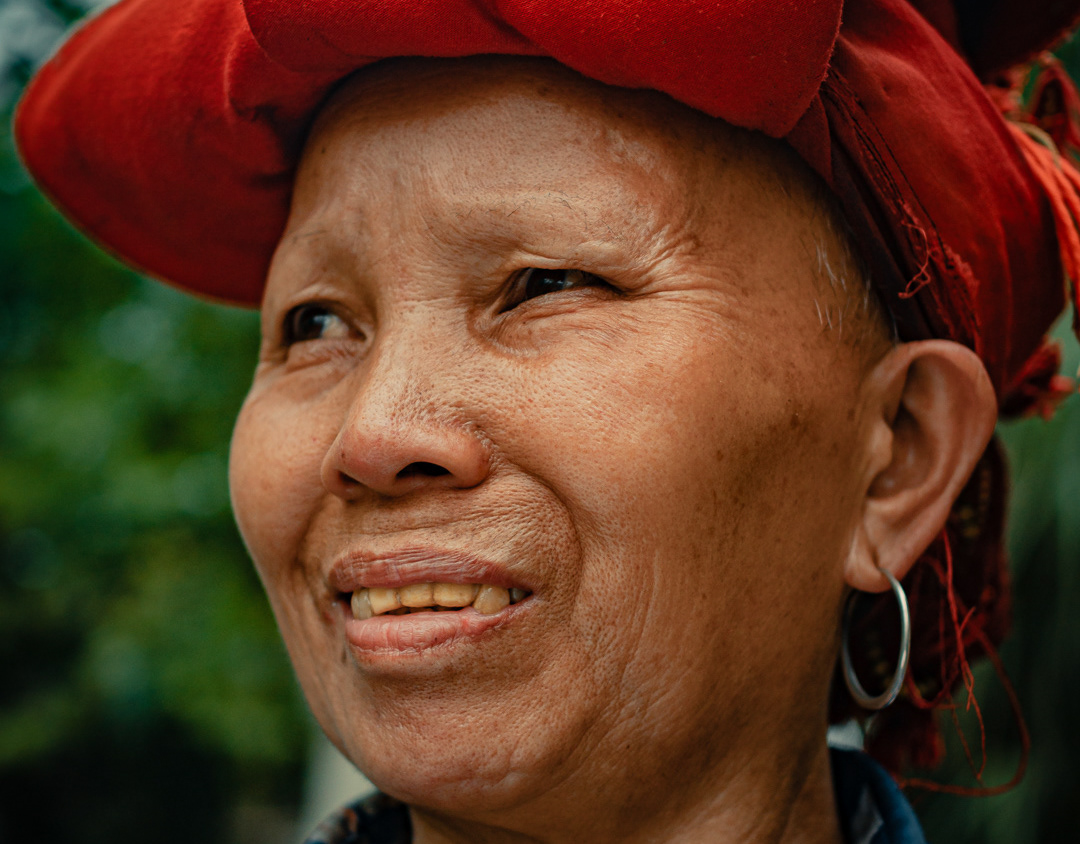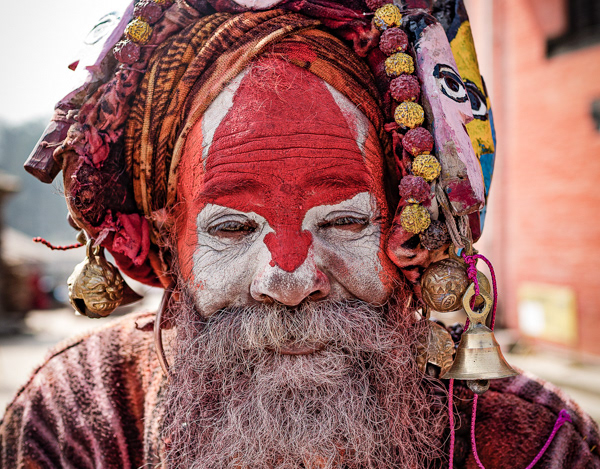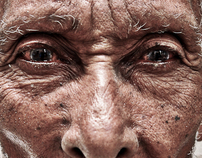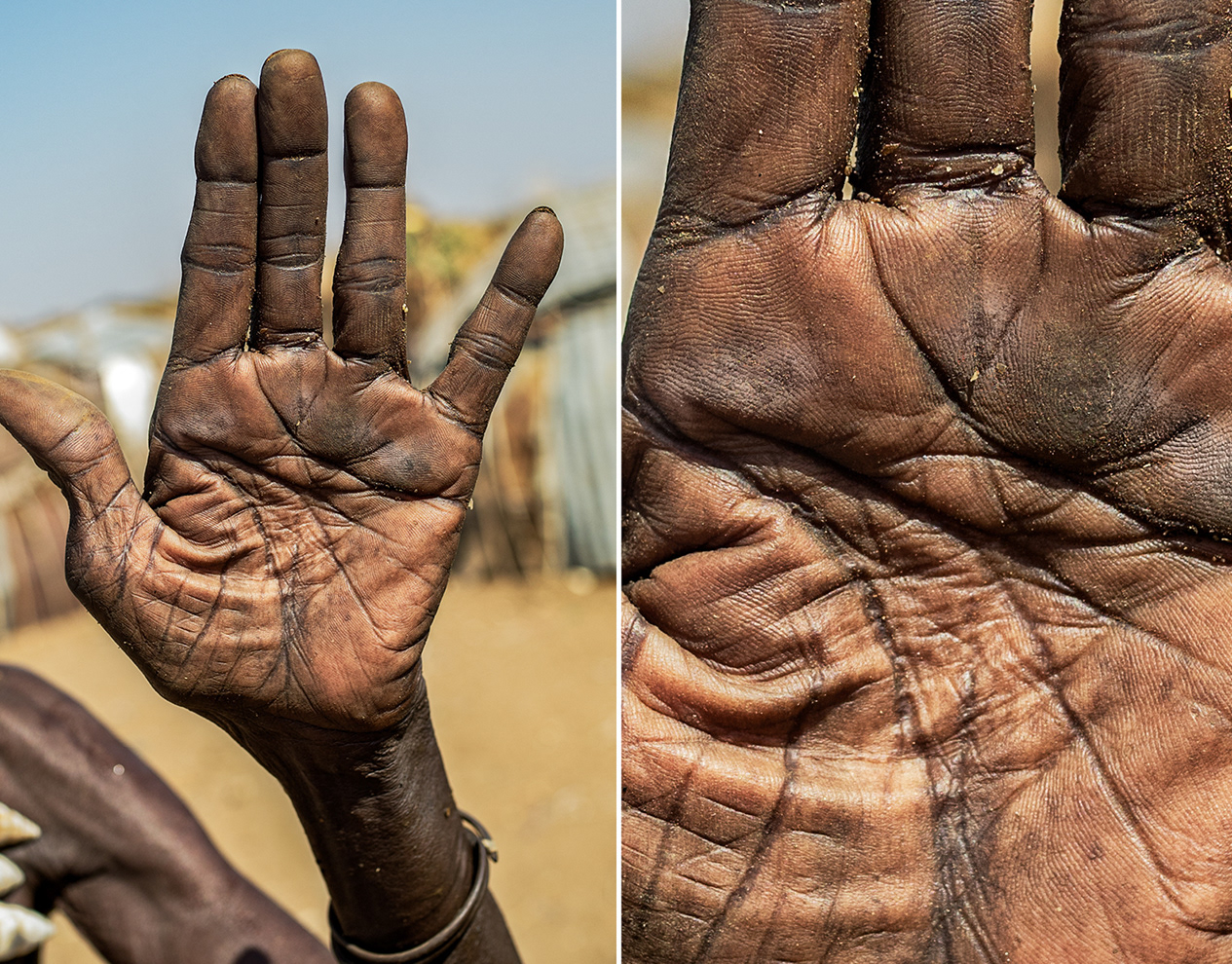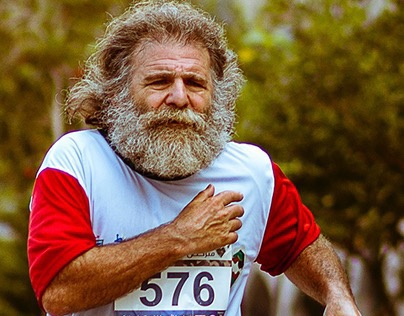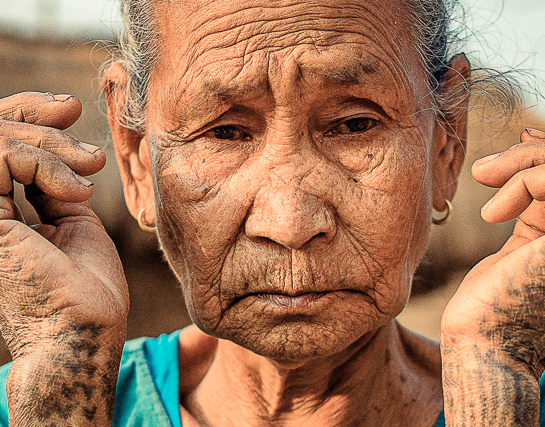Despite their fierce reputation, the last generation of the Konyak headhunters is very friendly and hospitable. They are known for their dark history which plays a significant part of their identity and culture.
Their tattooed faces are very striking. Buffalos' skulls decorate some houses walls around the villages. It signifies the number of feasts each house has offered. During my visit, I saw one real human skull with two horns sealing the ears; they believe that it prevents the killed warrior from hearing what the living are talking.
Decapitating heads of enemy warriors was an essential part of the Konyak culture. The men used to collect heads, feet, and hands as trophies and hung them on the village biggest tree, or they build a sacred altar for them.
Nowadays, most of these men are above 70. When Christianity started to spread in Nagaland, it played the central role in stopping these rituals. Despite this dramatic cultural change, the elderlies are very proud of their culture.
Check more photos about my adventures on my Instagram @omarreda

